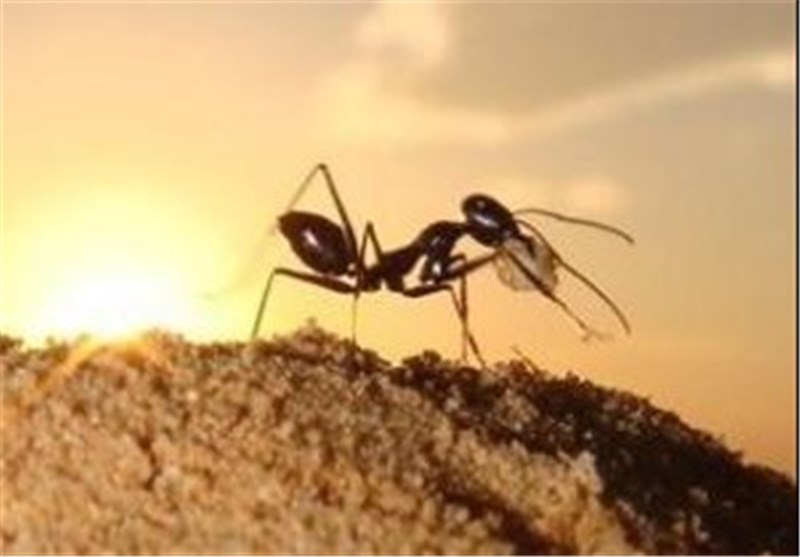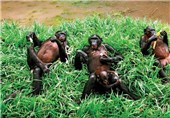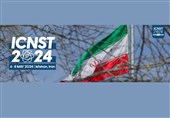Nose for Truth: Ants Can Smell A Friend from A Foe
TEHRAN (Tasnim) – Ants use their powerful sense of smell to distinguish intruders from safe fellow-ants in their colonies, scientists have found.
Scientists at the University of California, Riverside have found that ants communicate using a number of hydrocarbon chemicals present on their cuticles (their outer shells).
The researchers noted that ants, which have evolved some of the largest families of olfactory receptor genes in insects, use their powerful sense of smell to sense the chemicals present on the cuticle of individuals to precisely identify the different members of their society, the Times of India reported on Saturday.
"Until now, very little was understood about how ants use olfactory detection of pheromones to recognize individuals belonging to different castes or different colonies in their societies," said Anandasankar Ray, from the University of California, Riverside in US who led the research team.
"To address this problem, we decided to focus our attention on the worker ants' antennal neurons and their responses to hydrocarbons on the cuticle," said Ray.
Ray, who is also the director of the Centre for Disease Vector Research at UC Riverside, was joined in the study by Kavita R Sharma of UC Riverside.
Ray's team applied a powerful electrophysiology method, to test hydrocarbons present on the worker and queen cuticles that have previously been suspected to act as pheromone cues.
"To our surprise we found that these very low volatility compounds are not only detected sensitively by the ants' specialised antennal sensors, but almost all of the hydrocarbon components are detected," Ray said.
"This broad-spectrum ability to detect hydrocarbons by the ant antenna is unusual and likely a special property of social insects.
"Using this high-definition ability to smell 'ant body odor' the ants can recognize the various castes in the colony as well as intruders," he said.
Researchers also found that recognition of individuals at very close proximity in a large crowd in a colony is facilitated by use of low volatility cuticular hydrocarbons.
A more volatile cue would be confusing to associate with an individual, and could overwhelm the olfactory system in the colony by constantly activating it.
The study found that each ant cuticle has a blend of several cuticular hydrocarbons. The precise composition of the blend could be a useful solution for coding information on several castes both inside a colony and intruders from outside a colony.
Ray said that the prevailing model, proposed in 2005, suggested that worker ants could preferentially smell only non-nestmate cuticular hydrocarbons, and not smell the hydrocarbons from nestmates.
"When we tested this with our sensitive electrophysiology assay we found that ants can indeed detect both nestmate and non-nestmate cuticular extracts, as we had predicted," Ray said.
The study was published in the journal Cell Reports.






